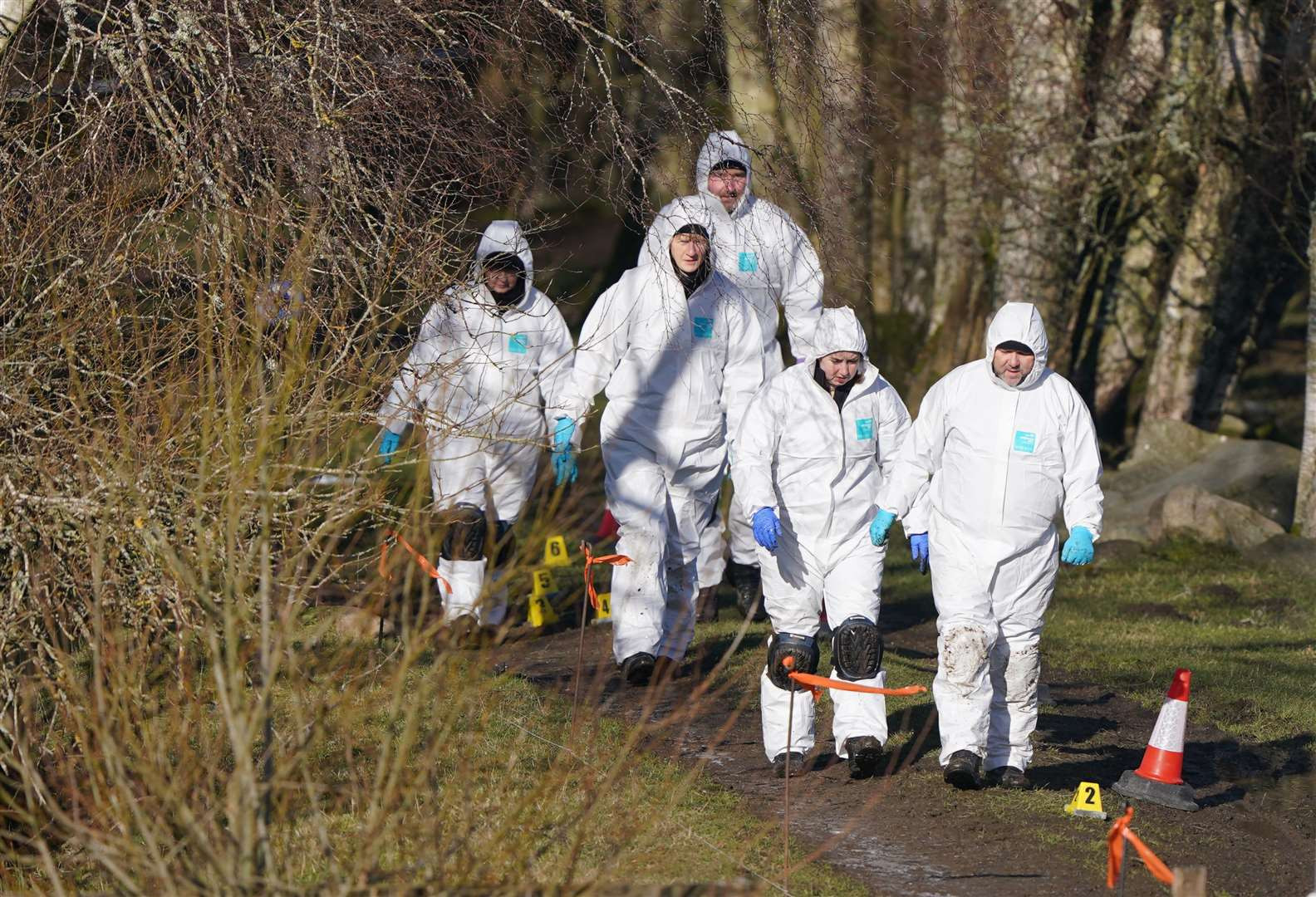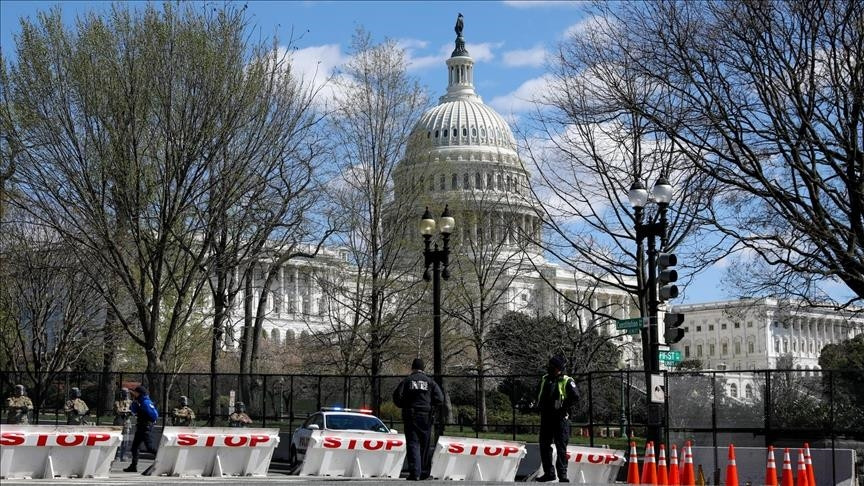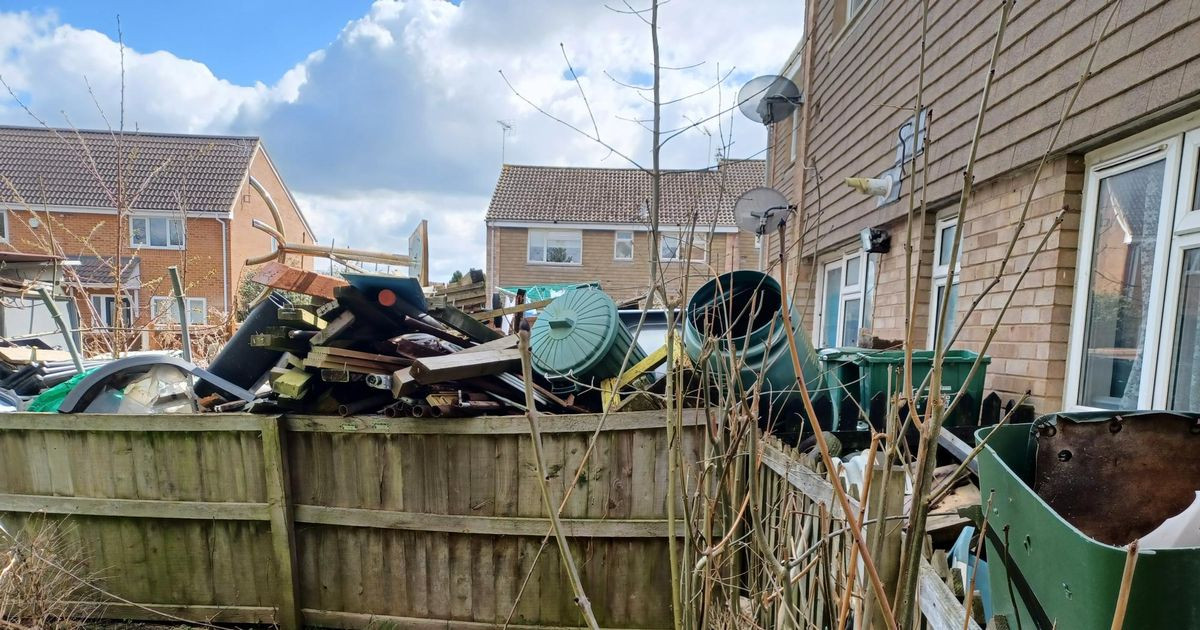A 10-second video has gone viral on social media platforms like TikTok, YouTube, and South Korean forums, claiming to show a 'precursor' to a massive earthquake in Japan. The video, which appears to show objects falling off shaking buildings, is accompanied by Korean-language text that reads: "2024.8.8 Japan earthquake. Precursor to the great Nankai earthquake." This post was shared days after a 7.1-magnitude earthquake struck Miyazaki prefecture in southwestern Japan on August 8, 2024, injuring at least 15 people. The country's weather agency issued its first-ever “megaquake” advisory for a massive tremor along the Nankai Trough, but the alert was lifted on August 15.
However, the video is actually a simulation of a megaquake hitting the Nankai Trough released by the Japanese government in 2016. A reverse image search revealed that the clip corresponds to a section of a 17-minute video, including simulations of an earthquake in the Nankai Trough, released by the Japanese government’s Cabinet Office. The circulating clip matches the 3:29 to 3:39 mark in the longer footage from 2016.
The simulation, which made headlines in 2016 in Japan, South Korea, and Taiwan, highlights the potential devastation of a magnitude 8 to 9 earthquake along the Nankai Trough, a zone of intense seismic activity in the Pacific Ocean. The simulation showcases the catastrophic consequences, including widespread destruction and a staggering estimated death toll of 323,000.
Dissecting the Misinformation
The video's spread highlights the dangers of misinformation in a world increasingly reliant on social media for information. The viral clip's false claim about a 'precursor' to a megaquake not only amplifies fear and anxiety but also undermines trust in credible sources of information.
The Truth Behind the Simulation
The simulation video, released by the Japanese government, is a powerful tool for raising awareness about the potential risks posed by earthquakes. The video accurately depicts the devastating impact such an earthquake could have on the region, prompting the Japanese government to invest in disaster preparedness measures.
The Need for Fact-Checking
The spread of this misinformation underscores the importance of verifying information before sharing it online. Users should exercise caution when encountering videos or images claiming to show real-time events, particularly in the wake of natural disasters. A quick reverse image search, fact-checking website, or reputable news source can help determine the authenticity of the content.
The Importance of Media Literacy
As we navigate the digital age, media literacy is crucial. It enables us to critically evaluate the information we encounter online, differentiate between credible and unreliable sources, and avoid the spread of misinformation.
The Future of Disaster Preparedness
Despite the alarming predictions of the simulation, the Japanese government and its people are actively preparing for the possibility of a major earthquake. The country's robust infrastructure, including its advanced earthquake-resistant buildings, is a testament to its commitment to disaster resilience. The simulation video serves as a stark reminder of the need for continued investment in preparedness measures and a clear call to action for individuals and governments to prioritize safety and mitigation strategies.
The Role of Media
Media organizations play a critical role in combating misinformation. By rigorously fact-checking information, presenting accurate and unbiased reporting, and promoting media literacy, media outlets can help ensure that the public has access to reliable information. The current case underscores the need for responsible reporting and the importance of fostering public trust in credible sources of information.
The Global Impact
The widespread sharing of the false video highlights the global interconnectedness of information and the need for collaborative efforts to combat misinformation. The spread of misinformation can have severe consequences, from fueling fear and anxiety to undermining public trust and hindering effective disaster response. Global cooperation in the form of information sharing, educational programs, and collaborative fact-checking initiatives are crucial for promoting a more informed and resilient society.
The Power of Information
The recent incident underscores the power of information to shape public perception and influence actions. It also highlights the importance of critical thinking, verification, and a collective effort to promote truth and accuracy in the digital age.
A Call for Responsibility
The spread of misinformation is a growing challenge that requires a multi-pronged approach. By fostering media literacy, promoting fact-checking, and encouraging responsible sharing practices, we can contribute to a more informed and responsible online environment.


















